Stomach pain is the most obvious and common type of pain after eating (postprandial pain), however, it is not only the stomach that can cause eating-related symptoms.
Depending on the underlying medical problems, eating can cause symptoms in a wide variety of body parts.
Those who are regularly having pain triggered by certain foods should consult with a gastroenterologist to get a proper diagnosis.
Stomach pain after eating
More often than not, simply eating too much or eating too fast is the cause of belly problems after eating. In such cases the pain:
- doesn’t occur regularly
- isn’t very intense
- goes away fairly soon
However, several health problems in the digestive tract might also trigger stomach problems.
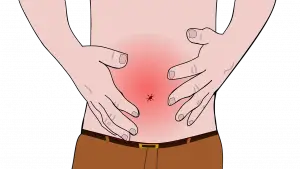
Stomach pain after eating
Several different health issues can trigger stomach pain after eating. Gallbladder problems and IBS are fairly common, but there are many other potential causes.
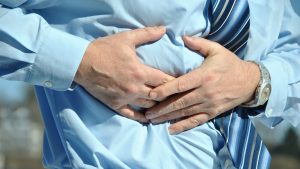
Upper stomach pain after eating
Pancreatitis, ulcers, gastritis, or indigestion are all possible causes of upper stomach pain triggered by food or drinks.
Chest pain after eating
Another common symptom after having a meal is chest pain. Most people associate chest pain after eating with a heart attack, however, more often than not something else is causing symptoms.
A burning sensation around the center of the chest (heartburn) is often caused by acid reflux and GERD (gastroesophageal reflux disease, the chronic form of acid reflux).
Heartburn happens when digestive juices seep up into the esophagus and irritate the lining of the food pipe.
According to NIDDK, the prevalence of GERD is around 20% in the United States. This means GERD is a fairly common condition and most people experiencing eating-related chest pain might have GERD.
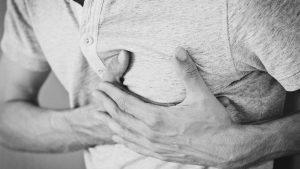
Heart pain after eating
People with existing heart conditions might have symptoms after eating. Large, fatty meals are the most likely triggers.
Pancreatitis and some other conditions might also trigger left chest pain after eating.
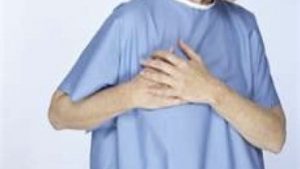
Right side chest pain after eating
Right side chest pain is an atypical symptom of heart problems. Acid reflux or gallstones are more likely triggers.

Upper chest pain after eating
GERD, esophageal problems, heart issues, and several other conditions might cause pain in the upper chest area.
Pain after eating in other parts of the body
Eating, strange as it may sound, can trigger symptoms all around the body. Shoulders, arms, neck, even the legs might hurt after eating.
In most cases, such pain is a so-called referred pain:
Referred pain is pain perceived at a location other than the site of the painful stimulus/ origin. It is the result of a network of interconnecting sensory nerves, that supplies many different tissues. When there is an injury at one site in the network it is possible that when the signal is interpreted in the brain signals are experienced in the surrounding nervous tissue.
(source)
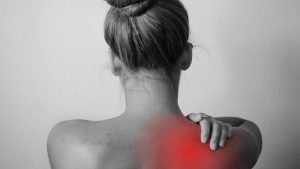
Shoulder pain after eating
Gallbladder issues are very common causes of right shoulder pain after eating. GERD, pancreatitis, heart issues, or simple overeating are also common triggers.
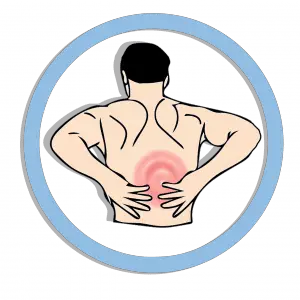
Back pain after eating
Pain caused by a health issue in the digestive tract or acid reflux often radiates to the back. Heart problems are also possible causes of back pain after eating.

Arm pain after eating
Eating-related right arm pain after fatty foods often indicates gallbladder problems. Pancreatitis and heart issues tend to cause left arm pain.
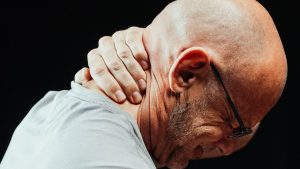
Neck pain after eating
Sometimes pain caused by a digestive issue might radiate up to the neck. However, food allergies also often cause symptoms related to breathing and the throat or neck.
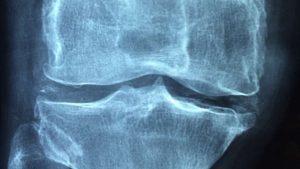
Muscle and joint pain after eating
Muscle and joint pains are often caused by inflammation. Sugar and food allergies are possible causes of inflammation in the body.
Rib and diaphragm pain after eating are less common symptoms. Usually, these symptoms are also caused by issues in the digestive system, but sometimes respiratory problems (e.g. costochondritis or COPD) are the triggers.
